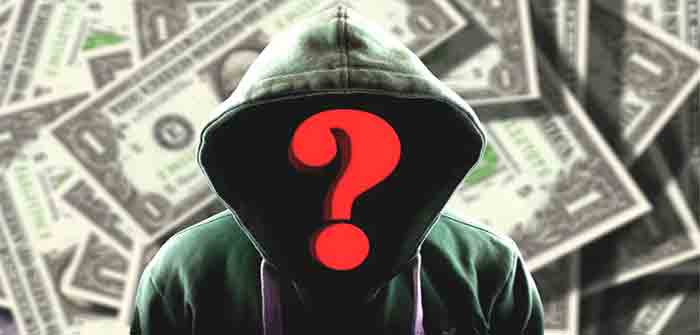
by Brad Polumbo at Foundation for Economic Education
President Biden just signed his sweeping $1.9 trillion spending package into law. Once this bill hits the books, total taxpayer expenditure on (ostensibly) COVID relief will hit $6 trillion—which, roughly estimated, comes out to $41,870 in spending per federal taxpayer.
Did you see anywhere near that much in benefit?
The sheer immensity of this spending is hard to grasp. For context, $6 trillion is more than one-fourth of what the US economy produces in an entire year, according to Fox Business. The COVID spending blowout is at least eight times bigger than the (inflation-adjusted) price tag of President Franklin Delano Roosevelt’s “New Deal.”
Moreover, the COVID spending bills have all lost huge sums of money to unrelated carve-outs, politician pet projects, corporate bailouts, fraud, waste, and worse.
In the latest $1.9 trillion package, more than 90 percent of the spending is not directly related to containing COVID-19. Only 1 percent of the money, about $15 to $20 billion, is spent on vaccines. Meanwhile, hundreds of billions go to bailing out poorly managed state governments’ budget holes that predate the pandemic and $86 billion rescues failing pension plans. Meanwhile, billions more go to Obamacare expansion and subsidizing public schools long after the pandemic.
And that’s just scratching the surface.
The Math Doesn’t Add Up
The numbers here really are quite damning.
For the same $6 trillion in expenditure, the government could have given every federal taxpayer a $41,870 check. Or, to think about it a bit differently, it could have written every American roughly an $18,181 check.
Let’s compare this to what most Americans actually received.
Only someone who fully collected expanded unemployment benefits throughout the pandemic and received all $3,200 in total of the stimulus payments likely received more than $18,181 in direct benefit from this spending package. And that’s a relatively small fraction of the public.
Because of the way the government used outdated (and arbitrary) income data to determine eligibility, many more taxpayers saw nothing or little in exchange for their $41,870 share of the cost, perhaps just the initial $1,200 stimulus or none at all. (Meanwhile, billions in checks went to dead people).
How can that possibly be considered a success? In fact, it’s actually a net negative.
Trade-Offs Are Inescapable
Too often, the stimulus conversation is simply framed around whether we should give money to a certain group of people or program—rather than also including the trade-offs and costs.
The question isn’t just: Should we send people $1,400 “stimulus” checks? It is, instead: Should we send people $1,400 stimulus checks at the cost of taking the equivalent amount (or more if you factor in waste) from other people? It’s not just whether we should send $350 billion to state and local governments—but should we do so at the cost of taking an average of $2,442 per federal taxpayer?
